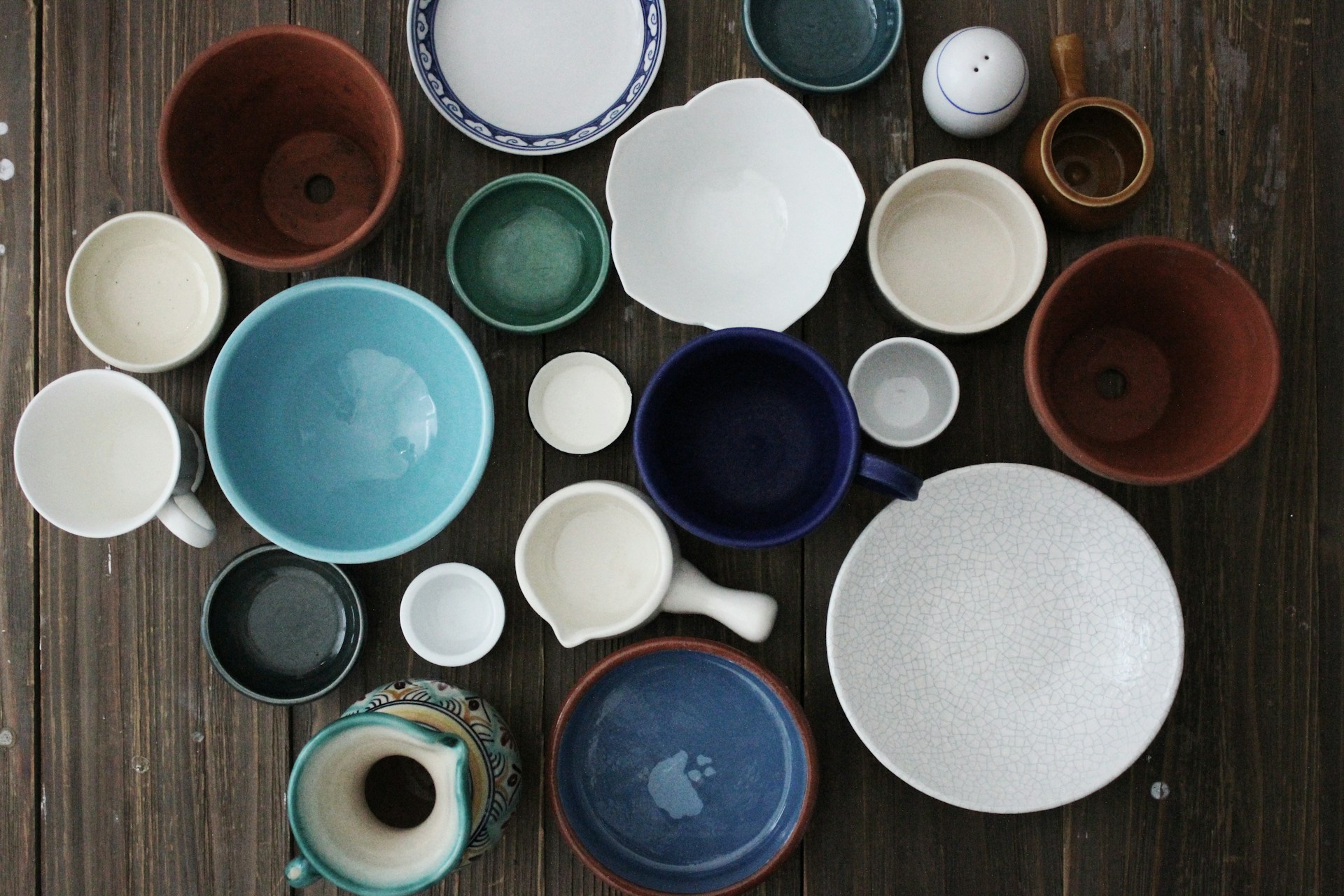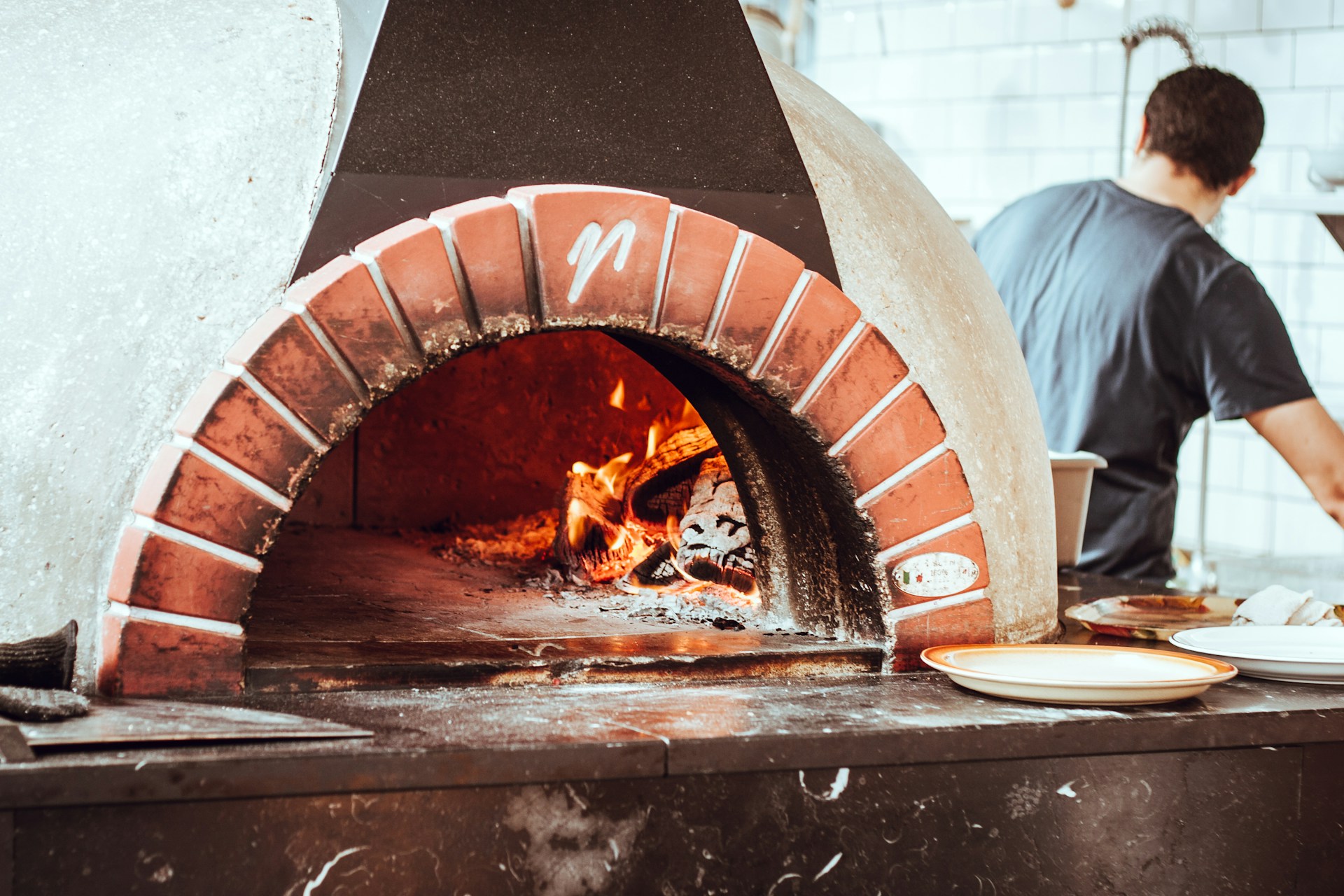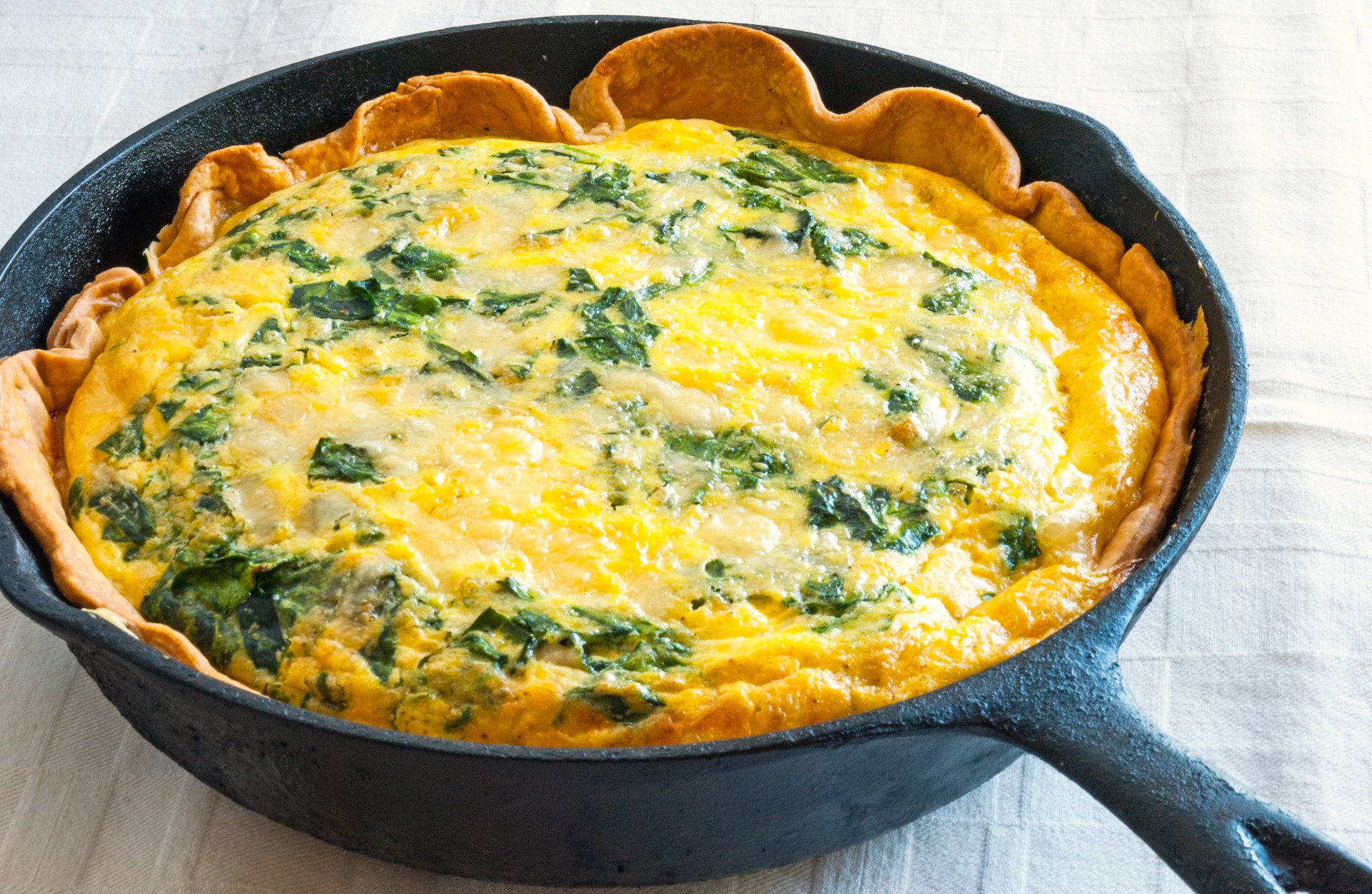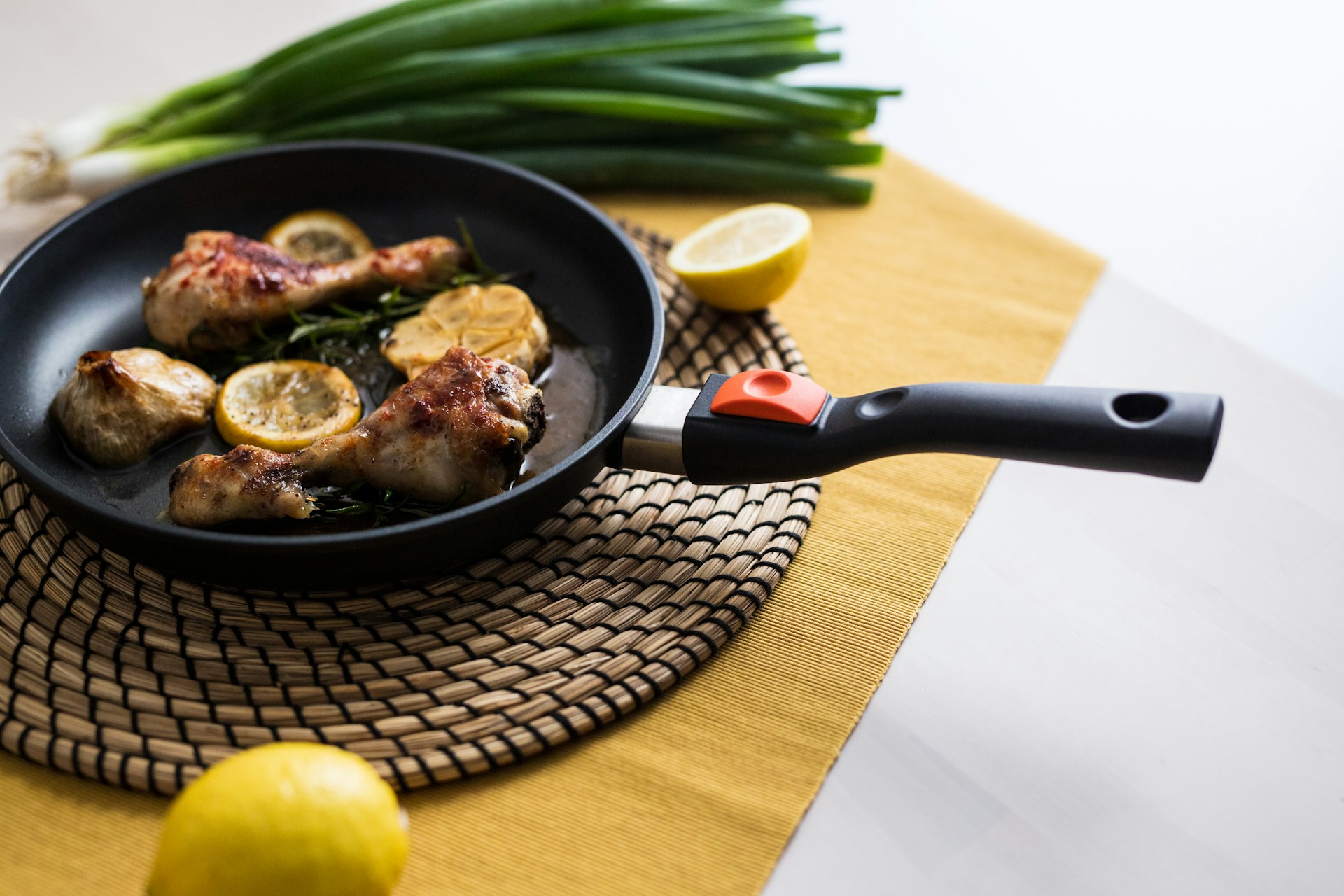When it comes to home baking, having the right bakeware can be the difference between a masterpiece and a disaster. With the multitude of options available on the market—ranging from materials to brands and shapes—it’s essential to make informed choices. Here’s a guide to help you select the ideal bakeware for your culinary creations.
1. Understand Bakeware Materials
Bakeware comes in a variety of materials, each with its own set of advantages:
- Metal: Metal bakeware, often made from aluminum or aluminized steel, is known for its excellent heat conduction, durability, and even baking. Choose light-colored metal for a reduced risk of over-browning. Dark or non-stick metal pans can cause quicker browning, which is good for certain items like pizza but may require adjusting bake times or temperatures for others.
- Glass: Glass dishes distribute heat quite evenly and allow you to see the browning of the bottom and sides of your dish. However, they retain heat more than metal pans, which means your baked goods can continue to cook after being removed from the oven.
- Ceramic: Like glass, ceramic bakeware conducts heat evenly and retains it well. It often comes in beautiful designs that are table-ready, but it can be prone to chipping if not cared for properly.
- Silicone: Silicone bakeware is flexible, non-stick, and comes in various fun shapes. It’s microwave safe and easy to clean. However, it doesn’t hold its shape as well as other materials and is not as durable when under direct heat.
- Cast Iron: This heavy-duty material is excellent for even heating and heat retention. Cast iron is perfect for breads and pies that benefit from a crispy crust. However, it is heavy and requires seasoning and proper maintenance to prevent rusting.
2. Selecting the Right Shape and Size
The shape and size of your bakeware are crucial, so be sure to use the type specified in your recipe. If you change the size or shape, it will alter the baking time and possibly the outcome of the recipe. Here are some basic types:
- Round Pans: For cakes and layered tortes.
- Square and Rectangular Pans: For brownies, bars and sheet cakes.
- Loaf Pans: For breads and loaf-style cakes.
- Muffin Pans: For muffins and cupcakes.
- Pie Dishes: For pies and tarts.
- Bundt Pans & Tube Pans: For dense, moist cakes with decorative shapes.
3. Invest in Quality
Invest in the best quality bakeware you can afford. High-quality bakeware will last longer and provide better results. Look for heavy-gauge or thick construction that will distribute heat evenly and resist warping. Cheaper, thin pans can lead to burnt or unevenly cooked baked goods.
4. Non-Stick vs. Regular
If saving time on cleanup is paramount, consider non-stick bakeware. While it’s convenient, be mindful that it can scratch easily, which affects its non-stick properties. For longevity, you might stick with traditional bakeware and simply line it with parchment paper or a silicone baking mat.
5. Multipurpose Use
Some bakeware can be used for a variety of purposes. A 9×13 inch baking dish, for example, is not just for brownies; it can be used for casseroles, roasting vegetables, and more. Selecting multipurpose bakeware can help save space and money.
6. Research and Reviews
Always do your research before buying. Read reviews from other bakers to learn about their experiences with the bakeware you’re considering. Pay attention to comments on durability, ease of cleaning, and baking performance.
7. Accessories and Maintenance
Remember to take into account the accessories that may be beneficial, such as cooling racks, baking mats, and proper storage solutions to protect your bakeware. Check the manufacturer’s instructions for proper maintenance to extend the life of your pans.
By considering these factors before purchasing your bakeware, you can enhance your baking experience and ensure delicious results. Happy baking!




One thought on “How to choose bakeware for home baking”